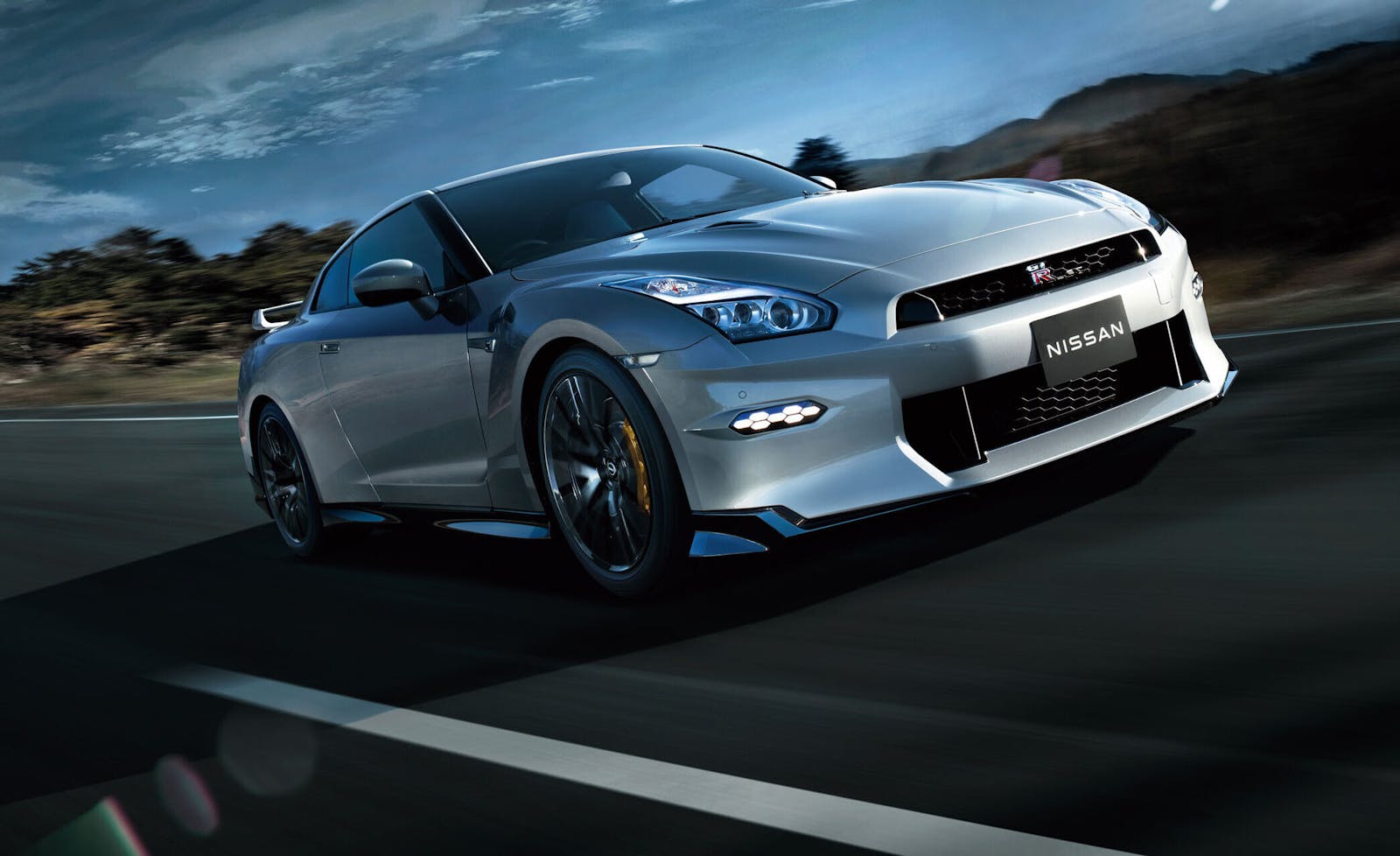Media | Articles
Chevrolet Camaro makes its big-league NASCAR debut in 2018 Daytona 500
The days of stock cars sharing body stampings and engine blocks with those on the showroom floor are long gone, but Chevrolet is hoping that Camaro ZL1’s unique ties to its superspeedway counterpart will win the hearts of fans. While Toyota’s NASCAR entry assumes the visual cues of the Camry and Ford fields the Fusion, both of which are front-wheel-drive sedans powered by four- and six-cylinder power plants, the 650-horsepower Camaro ZL1 shares the rear-wheel-drive V-8 layout of the NASCAR racer that makes its big-league debut at the Daytona 500 on Sunday, February 18.
NASCAR evolved its race cars over the years to make them safer while and level the playing field, the latter done mostly by homogenizing aerodynamics. This led to cookie-cutter cars that were identical, save for the manufacturer logo and headlight stickers plastered on the composite body. That all began to change when NASCAR moved to the second-generation body on its Car of Tomorrow chassis and allowed manufacturers to tailor the leading edge of their cars to more closely resemble a production model. When the second-generation bodies debuted in 2013, Chevrolet used the opportunity to preview their 2014 Chevrolet SS in the Monster Energy Cup Series and entering the Camaro SS for the first time in the NASCAR Xfinity Series, where it battles Ford Mustangs. With the SS ending production in 2017, Chevrolet chose Camaro to represent the brand on North America’s biggest racing stage.
20180216174900)
The new Camaro ZL1 body used in the 2018 NASCAR season isn’t as svelte as the street-going version, although the grille and headlight profile are clearly carrying Camaro DNA.
On the powertrain side, the overhead-cam engines used in the production Camry and Fusion don’t resemble their NASCAR versions at all, leaving Camaro ZL1 with the closest ties to its 200-mph banked oval brethren. While they’re both 90-degree, pushrod V-8s with two valves per cylinder, production ZL1s are powered by a 650-hp, 6.2-liter, supercharged LT4, and the NASCAR Camaro ZL1 uses a 5.8-liter, naturally-aspirated engine specifically designed for NASCAR racing. Designated R07.2 because it’s the second generation of the racing block designed in 2007, Chevrolet’s NASCAR V-8 has a 4.5-inch bore spacing that allows for a larger bore than the 4.4-inch bore spacing that production Chevy small-block V-8s have had since their debut in 1955. The R07.2 also has unique valvetrain with shorter pushrods, thanks to a camshaft mounted high in the block—better suited for the sustained 10,000 rpm it sees during a race. The result is more than 850 horsepower when running without the restrictor plates used to control speeds at Daytona and other superspeedways.
Marketplace
Buy and sell classics with confidence
20180216174913)
20180216175115)
Chevrolet is off to a good start with its new Camaro ZL1 NASCAR entry, as Alex Bowman will be at the front of the starting grid of Sunday’s Daytona 500, sitting behind the wheel of the Hendrick Motorsports #88 Camaro ZL1, qualifying more than a tenth of a second faster than second-qualifier Denny Hamlin. If Chevrolet sees success with the Camaro ZL1, perhaps Ford could be inspired to bring the Mustang up the ranks from the Xfinity Series and have a GT500 challenge for the Cup.
20180216174058)








20180216175138)
20180216175207)
20180216174709)
20180216175154)

